

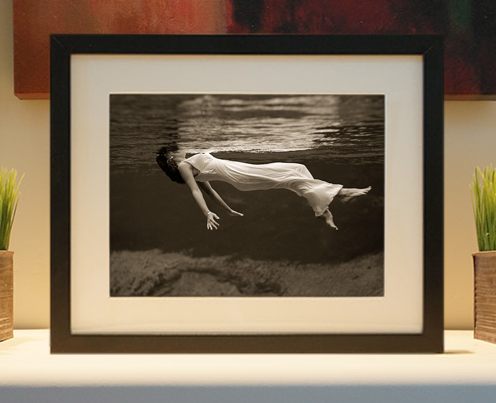
Framed or unframed, desk size to sofa size, printed by us in Arizona and Alabama since 2007. Explore now.
Shorpy is funded by you. Patreon contributors get an ad-free experience.
Learn more.

- Lofty addition
- In 1912
- Keenan Building
- Six years old
- Taken from the P.J. McArdle Roadway?
- It stood only 47 years
- Three track mind
- Incline to the right
- Reach for the sky, 1912 style
- No clean sweep
- Same Job Title, Same Face
- Sadly Lost
- Beautiful ...
- Where you get your kicks
- Aim High
- Pueblo Revival sisters
- Pueblo Neoclassicism
- Milk Man
- Regional dialect.
- Spielberg's inspiration
- Great Photo
- Loaf Story
- Do you still have the Rakes category?
- Could almost be a scene from the 1957 movie 'Hell Drivers'
- The Wages of Fear.
- Conspicuous by their absence
- Got Milk?
- All that aluminum
- No lefties
- Smoke 'em if you've got 'em
Print Emporium
West Side Stories: 1906
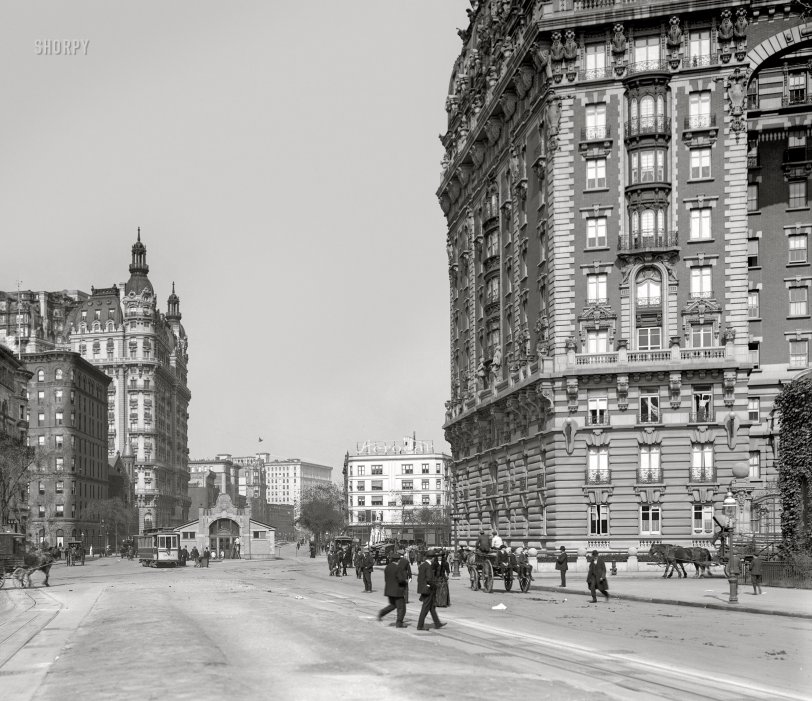
The Upper West Side circa 1906. "New York, N.Y. -- Broadway, north from 70th Street." With a view of the 72nd Street subway station, flanked by the Ansonia Hotel at left and Dorilton apartment house on the right. 8x10 inch glass negative, Detroit Publishing Co. View full size.
Iconic NYC intersection.
I see the Belford up at 79th Street and the Rutgers Church at 73rd and Broadway. Both still there, as are the Ansonia and Doralton. All these old buildings must cost a fortune to maintain, but it's well worth it.
Close to the Beacon Theater
And 100 years later I would pop into that subway station after an Allman Brothers show during one of their stands at the Beacon.
Otherwise known as "Needle Park" 50 years ago
Broadway's path through Manhattan created numerous pocket parks, as its diagonal path encountered the borough's grid layout. Broadway between 70th and 72nd created Sherman Square (named for the pyro) and Verdi Square (named for the composer), neither of which were square. As heroin abuse became more prevalent in the 1960s and 1970s, this spot became known as "Needle Park," in the title of Al Pacino's second major film, "The Panic in Needle Park" (1971). For more, listen to the Bowery Boys podcast about it.
https://www.boweryboyshistory.com/2007/11/ah-bad-ole-days-of-needle-park...
A Tale of Two City Dreams
The Dorilton opened in 1902 and the Ansonia in 1904. Each was the vision of a single developer, not a partnership or corporation. Both apartments had over-the-top French Beaux-Arts ornamentation on the outside and luxurious amenities on the inside. From the start, the Dorilton had a better class of resident than the Ansonia, which initially attracted athletes, show people, and small-time criminals. The son who inherited the Ansonia in 1926 was indifferent about maintaining it. By the mid-20th Century, both had deteriorated. No surprise the Ansonia was the worse off, sold at a bankruptcy auction in 1945 for $40,000. From then into the 1960s the Ansonia owner refused to spend anything on maintenance for the apartments. But in 1968, in order to generate revenue, the Ansonia became the landlord of the Continental Baths (Bette Midler and Barry Manilow began their careers there). Today the Dorilton is a co-op and the Ansonia is condominiums. Both have had extensive restoration work.
One of the best
I was born at 41 West 87th Street. I can clearly see the brand new 72nd Street subway entrance that is still there. So cool and amazing -- this one I'm buying with frame.
Likewise
Michigan also began issuance of auto license plates in 1910. Here's the first five years from my collection. Plates then were preclean porcelain and survived very well.
Be careful out there
My thinking was that horses and carriages are not as genteel as some may think. All I could find was this from a book called "Farewell to the Horse" (2017).
In 1867, horse-powered transportation on the streets of New York caused an average of four fatalities per week, with another forty pedestrians injured; in other capitals the incidence of accidents was also well above what is typical of today's motorized traffic. Even at the beginning of the twentieth century, when automobiles were beginning to be found on the streets, the cause of traffic accidents was still overwhelmingly the use and abuse of horses. Fifty-three per cent of accidents registered in France in 1903 involved horse-drawn carriages: one-third in the cities, two-thirds on the country roads ...
Two clews
allow us to date this photo: the Subway entrance appears to still be under construction, and the Aerocar had a very brief existence.
Purists might point out neither of these is definitive - they may paint the doors every year and the sign might have stayed up for decades - so "circa" is warranted. Oh if only we could glimpse a license plate !!
[The 72nd Street subway station opened in 1904; the Aerocar showroom at Broadway and 73rd opened in 1906. Up until 1913, there were no dates on NY license plates. - Dave]
What can I say (?) New York was a laggard .
[License plates arrived on the scene well after automobiles did; New York didn't begin issuing them issuing them until 1910. If a car had one before then, it was provided by the owner. - Dave]
Crossing wherever you like
It has dawned on me, looking at these old street scenes, that pedestrian crosswalks were not really needed back in the day. While the roads were quite wide, I doubt a horse drawn carriage or wagon would run down a oblivious pedestrian. Wouldn't a horse avoid a collision? Of course, dodging the road apples would be of concern to someone on foot.
As always, I continue to enjoy these glimpses into the past.





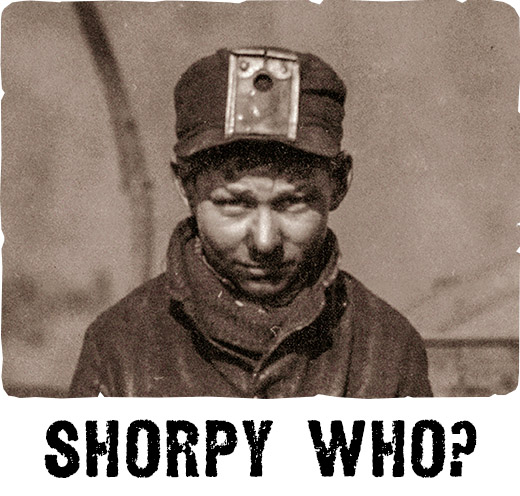
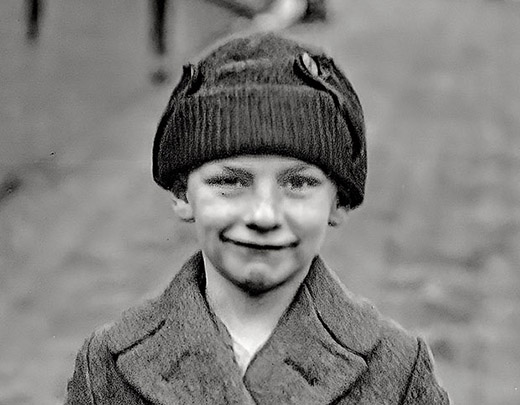
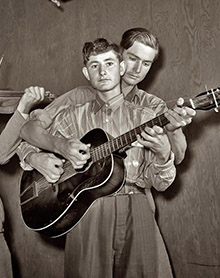
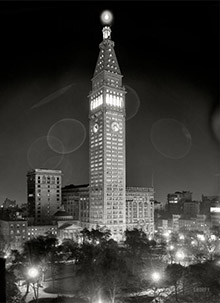
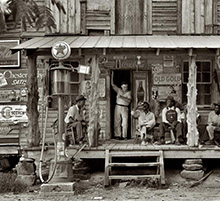
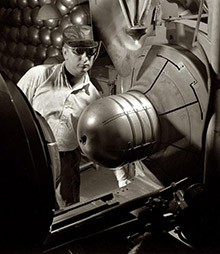
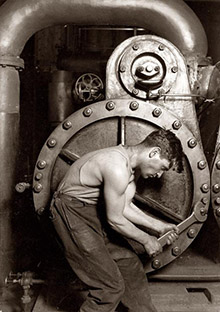

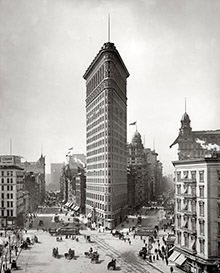
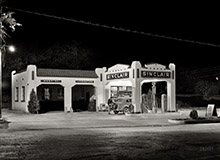
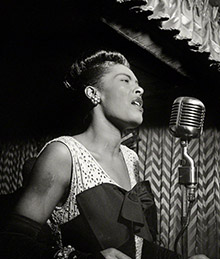
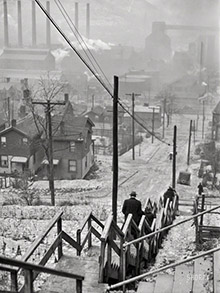
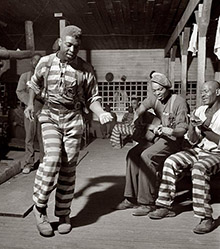
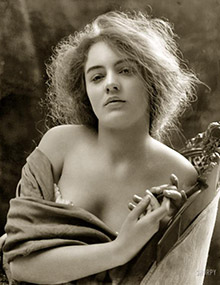
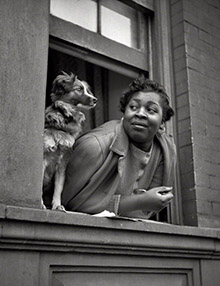
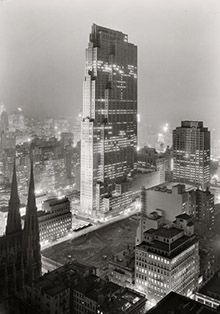
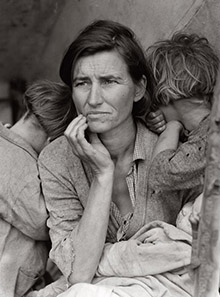
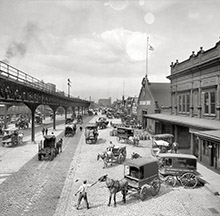
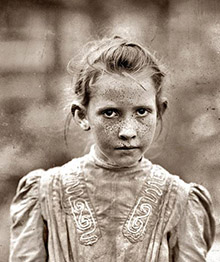
On Shorpy:
Today’s Top 5